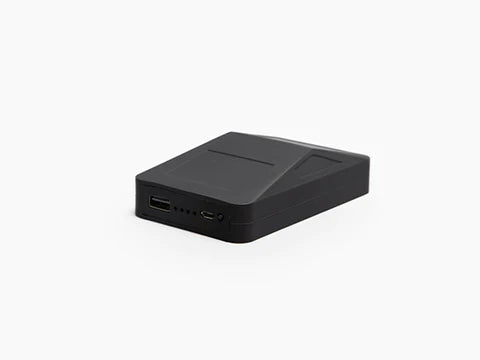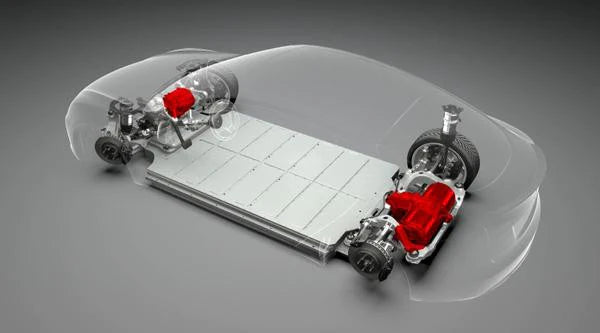With the burgeoning interest in electric vehicles, you might wonder how they work, as they are different from vehicles that work with internal combustion engines. This article looks into the major components of an electric car and its functions.
First, we look at what electric vehicles are.
What are electric vehicles?
A vehicle is electric if it uses an electric motor to produce rotational energy. Sometimes, an electric car has an internal combustion engine as well. In this case, the EV is classified as a hybrid. When you can plug a hybrid into the grid to charge, it is further classified as a plugin hybrid electric vehicle (PHEV).
We will now look at the main components of an electric car and their functions.
Electric motor
Without the electric motor, there is no electric car. The electric motor replaces the ICE in purely electric vehicles, but the two work together in a hybrid.
Some electric vehicles contain more than one electric motor. In some cases, the manufacturer puts one motor on each axle or each wheel. For example, the Rivian R1T pickup truck has four motors, one attached to each wheel.
The electric motor works by creating a magnetic field inside a stator or a static component. A rotating part, i.e., the rotor, turns about a spot by displacing the magnetic field. The rotational energy is then transferred to the wheels.
For the electric motor to work, it needs a supply of electricity, which is what we look at next.
Battery
In a gas-powered car, the ICE burns fuel fed into it from the gas tank. The electric motor gets electricity from an embedded battery in a purely electric car or battery-electric vehicle (BEV).
The early electric cars used lead-acid batteries. However, due to their high weight-to-energy ratio, electric vehicle makers switched to lithium-ion batteries. Many companies, including startups and traditional carmakers, are working to improve battery performance.
The battery in an electric vehicle is essential because it determines the driving range, which is how far the car can go before the driver stops for a charge. More range means fewer stops for charging.
To charge an electric car’s battery, you connect it to the grid through a charger. Chargers come at different speeds that determine how long you stay charging. A handful of electric vehicles promise to harvest sunlight through solar panels embedded on the car’s body and store it as electric energy in the battery.
Inverter
The inverter comes in between the electric motor and battery. Its job is to convert the direct current stored in the battery to alternating current used by the electric motor. Most electric vehicles use AC electric motors.
Drivetrain
This is the part of an electric vehicle that transmits the power produced by the electric motor to the wheels.












